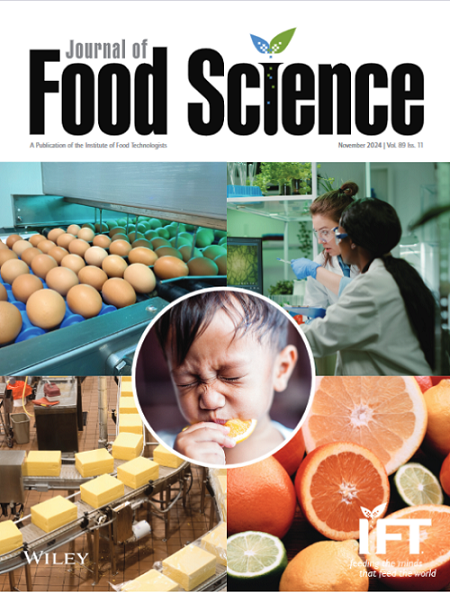Integration of PCA, HCA, and KNN to Evaluate Packaging and Storage Conditions for Red Bell Peppers
Abstract
ABSTRACT
Peppers (Capsicum annuum L.) are a vegetable that is widely cultivated in various regions of the world. Despite the economic importance of peppers, their commercialization is hindered by their limited postharvest durability, primarily due to moisture loss during storage. This study evaluated the effectiveness of different packaging methods and storage conditions in preserving the physicochemical and morphological quality of peppers during 21 days. Six treatments were tested, combining two types of packaging (thermo-sealable and macro-perforated) with two storage conditions (8°C/95% RH and 25°C/60% RH), plus an unpackaged control. Variables assessed included color, soluble solids, pH, pigments, dimensions, and mass loss. Data were analyzed using principal component analysis (PCA), hierarchical cluster analysis (HCA), and Kohonen neural networks (KNN). The first three principal components (PCs) explained 67.2% of total variance (PC1—40.88%, PC2—15.11%, PC3—11.17%). PC1 was strongly associated with mass and size losses (up to 73%), whereas PC2 and PC3 explained 77.4% of h* and 84.9% of C*, respectively. HCA and KNN revealed similar groupings. Samples stored at 8°C clustered together regardless of packaging, indicating minimal quality loss. At 25°C, unpackaged and macro-perforated samples showed similar degradation. Thermo-sealable packaging at 25°C formed a distinct cluster, indicating improved protection. This treatment also showed reduced quality losses, though not as effective as refrigeration. The agreement among PCA, HCA, and KNN confirms the reliability of findings. These results highlight the value of combining conservation strategies with multivariate tools to guide efficient, sustainable postharvest practices and extend shelf life in the pepper supply chain.
Practical Application
This study proposes a solution for the horticultural industry by combining heat-shrink packaging and refrigeration for pepper preservation. This method significantly reduces physical and biochemical losses, extends shelf life, and maintains quality. It has the potential to transform the logistics of production and distribution, delivering fresh, high-quality peppers. The use of advanced techniques like PCA and neural networks enables more informed and efficient decision-making, allowing for customized preservation strategies. This approach meets the growing demand for fresh food, offering a sustainable, cost-effective alternative for postharvest preservation, and may provide a competitive advantage in the global market.


 求助内容:
求助内容: 应助结果提醒方式:
应助结果提醒方式:


